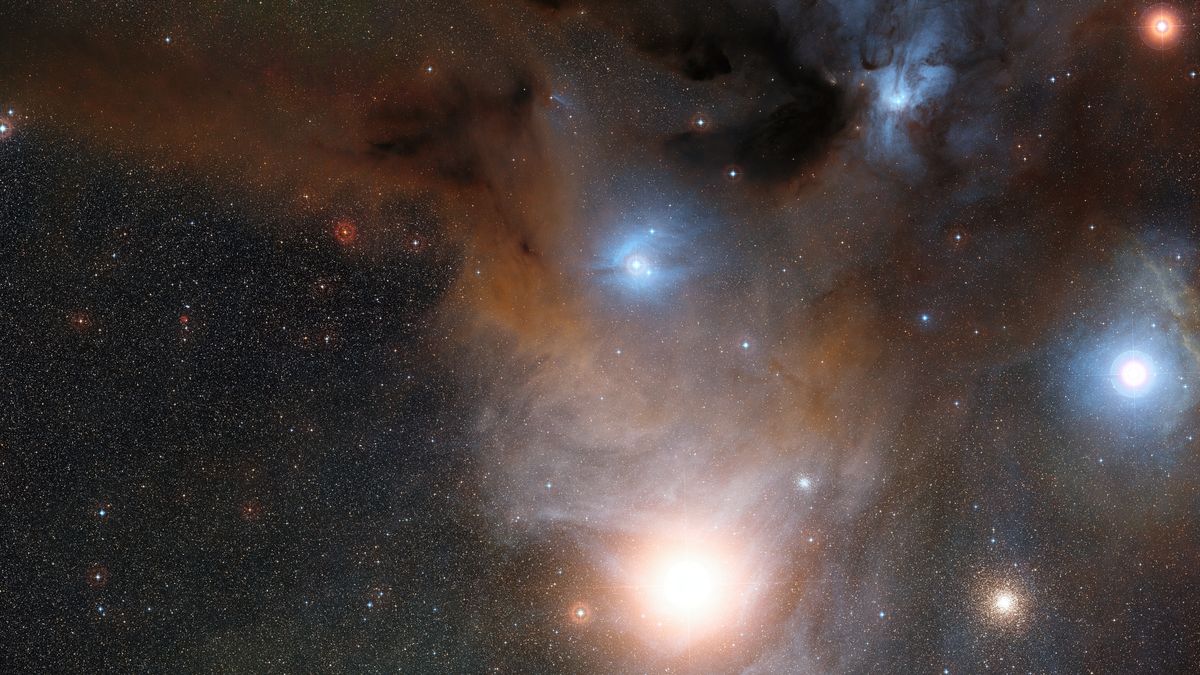AI is helping scientists reveal star ages. Here's how
By Keith Cooper published about 8 hours ago
The algorithm bases a star's age on its lithium abundance and temperature. It may one day be expanded to include other properties too.

Cloudy, hazy and glowing structures are seen against a star-spotted background of space.
The young stellar cluster in the Rho Ophiuchi star-forming region was one of 52 clusters the EAGLES neural network was trained on. (Image credit: ESO/Digitized Sky Survey 2/Davide De Martin)
A new machine-learning algorithm aims to provide improved measurements of stellar ages, allowing astronomers to better model how stars evolve.
The algorithm is an AI version of a project called EAGLES, which stands for Estimating Ages from Lithium Equivalent Widths. EAGLES uses the lithium abundance of stars to determine their age. Previously, this work had been done by fitting data to graphs. With surveys producing more and more data, this task has grown time-consuming and complex, so an AI has been written to take on the job.
All stars are born containing the same proportion of lithium, but as they age, they lose this lithium at different rates depending on their masses and therefore temperatures (since the more massive the star, the hotter the temperature, which astronomers use as a proxy because they can’t measure the mass of the star directly).
The hotter a star, the greater the rate of convection in that star's outer layers and the more this churns up the lithium on a star’s surface. As lithium sinks into a star's interior, it's converted into two helium nuclei by fusing with a proton, and the result is that the lithium is increasingly depleted as time goes by. Therefore, the abundance of lithium observed in a star, coupled with the star’s temperature, should together provide a measure of that star’s age.
More:
https://www.space.com/star-ages-ai-cosmic-chemical-data
